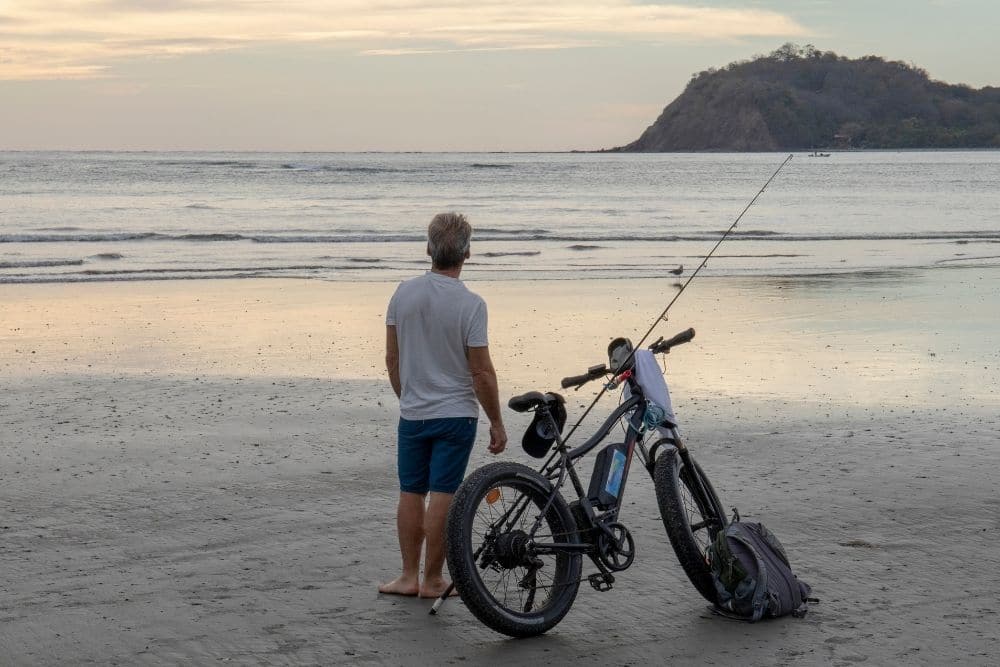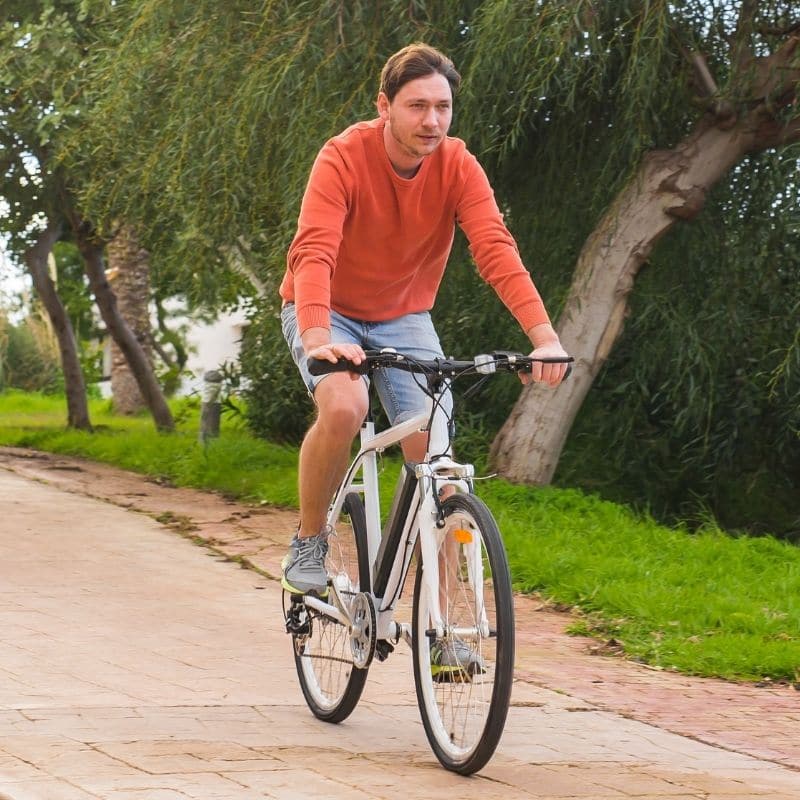Ebikes, also known as electric bicycles, can be a good way to get around. Here are the pros and cons of ebikes based on personal experience with electric bikes.
Pros:
· You don’t sweat as much since you’re assisted by the motor — that’s if you don’t go too fast.
· You can ride in the bicycle lane as with a normal bike, which is often faster than car traffic.
· If you’re an environmentalist, ebikes are just as environmentally friendly as regular bikes since they use electricity instead of gas.
Cons:
· Depending on where you live, it may be illegal to ride ebikes on some bicycle paths. Make sure to check your local laws before purchasing an ebike.
· They cost more than regular bikes, but they can be cheaper in some places depending on where you buy (so shop around).
· You still have to pedal with ebikes, so if you don’t like some light exercise, this may not be the way to go.
Should You Buy a Cheap or Expensive Ebike?
You should buy the best ebike you can afford. But maybe not for the reason that you think. When shopping for an ebike there are usually two concerns that people have: 1 – Will it suit the purpose I want it for, and/or 2 – Will it go as far as I need to travel. These are valid concerns.
At the same time, there is a third consideration that people rarely give enough thought to: what types of components is it manufactured with? In particular, how much do you value the long-term durability of major brand names for the components, and any future maintenance costs?
The type of motor powering your ebike will have a huge impact on the overall price of your ebike. And here is why: a hub motor, which is a common type of electric motor that powers most stock ebikes that you find at a bicycle shop, is cheaper to produce, so manufacturing costs and the ultimate consumer price is less. In contrast, a mid-motor electric bike will cost more to make, but they tend to be more reliable, and because of their centrally fitted position low in the frame, tend to offer a more balanced ride. As you can see, the quality and position of your motor has a significant impact on how much money you will have to spend.

Riding Range of an Ebike
The range of an electric bike depends on many factors. The amount of electricity that flows from the battery pack determines how far you can ride. However, other variables impact your total range. There is no way to know for certain how far you will be able to go on a single charge without testing it yourself under specific riding conditions; however, you will be able to make an educated guess based on the factors below.
Electric bikes are environmentally friendly and cost-effective compared with traditional gasoline-powered vehicles. However, they do need electricity (from a power outlet or another source) to recharge their batteries. If you use your electric bike regularly, it is important to remember that riding distances are impacted by many factors.
The following are considerations that will affect your riding range:
– Weight of the rider
– road conditions
– Weather conditions
– Elevation changes
– Temperature of the battery
The amount of electricity that flows to the electric motor determines how far you can ride on a single charge.
For best results, try to minimize power usage when riding on the flat or downhill, and only use the greater assistance levels when riding up hills or battling headwinds.
Riding an electric bike is an eco-friendly option that can save you money, but it is important to remember that riding range varies by many factors.
See also: What is an Ebike, or an Electric Bicycle?
And:
Battery Packs and Charge Times
It’s important to know how far your ebike will take you on one charge. This knowledge can help you save money and time in the long run.
Battery packs include:
Lithium Batteries: The most dependable and industry standard ebike battery packs, and will keep going for more than 1000 charge cycles before they have to be replaced.
Nickle Batteries: Have a normal lifespan estimated at 500 charge cycles. Not very common on most modern ebikes.
Lead Batteries: They normally keep going for about 300 charge cycles after which the quality starts to decline. These types of batteries are most common in China and East Asia.
Whatever type of battery, your ebike battery pack consists of, it will need time to fully charge when the battery is flat. Charge times vary depending on the size of the battery pack, what type of batteries it contains, and the charger used to recharge. At this moment in time, even the quickest of charging batteries will take a few hours to fully charge, though it could be a lot longer, so take this factor into consideration when buying your ebike.
Maintenance and Repair Costs, Reliability?
Both conventional bicycles and electric bicycles need regular cleaning and maintenance to keep running efficiently and well. Ebikes have some additional maintenance items though, but this does not necessarily mean they will be much more expensive to maintain.
Regular Battery Charging. Try to never let the battery charge drop to zero.
Battery Replacement. Batteries are a consumable, eventually they will wear out, lose efficiency, and require replacement.
Electrical Maintenance. Checking cables are secure, weather proof, and all electric connections are sound.
Conclusion
Ebikes enhance your accelerating power and your capacity to go further, and do and see more. They’re fast and smooth, simple to control and power and great fun to use, especially with friends or family. The magnificence of ebikes comes in the manner in which they make the delight of cycling available to so many countless individuals in so many ways.
This is The Pros and Cons of Ebikes 1, click the link to read The Pros and Cons of Ebikes 2.
28 Jan 2022

